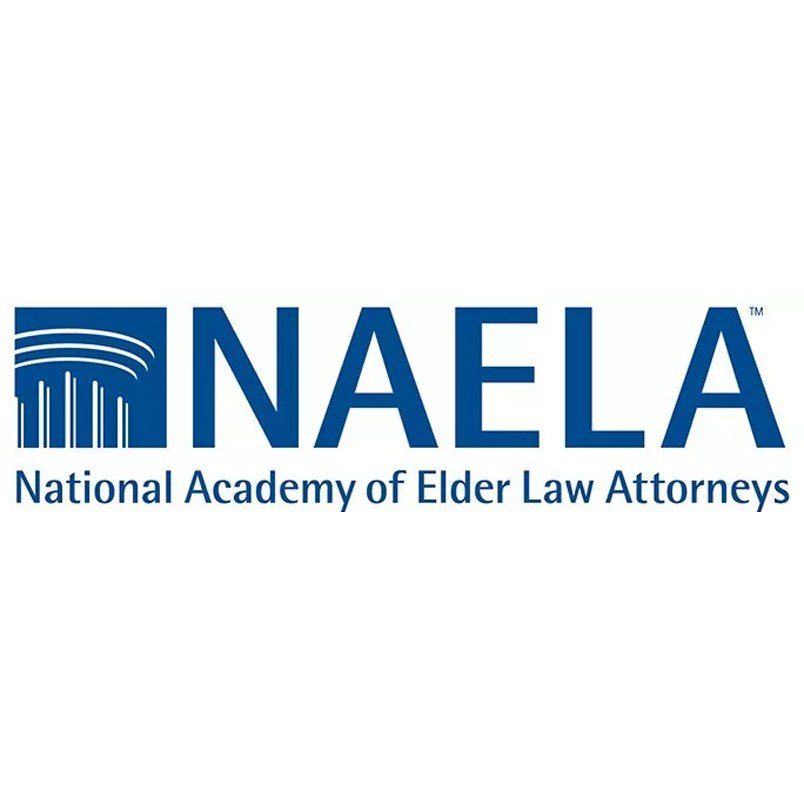Older adults have difficulty navigating a long term care services and support system that is characterized by loose coordination, inconsistent communication, fragmented delivery and navigation difficulty by consumers and providers alike. There are multiple entry points for services, multiple services with differing levels of qualification and approvals, county-by-county variations, duplicative regulations, and paperwork that characterize a disjointed and confusing system. (p19).
Family caregivers, independent and care dependent older adults, and middle income seniors are most likely to fall between the gaps, and may be unable to afford self-pay but do not qualify for many services. (p16)
These are some of the conclusions contained in a newly issued Joint State Government report on long term care issues in Pennsylvania. The report includes 37 specific policy findings and/or recommendations. (Note: I have italicized direct quotations from the report. Page numbers refer to the online version available at https://jsg.legis.state.pa.us/.)
The Joint State Government Commission (JSGC) is a non-partisan research organization serving the Pennsylvania Legislature. It provides lawmakers with a means for conducting interdisciplinary studies. The JSGC Long Term Care report was written in response to a legislative request for a study of the Commonwealth’s delivery system of long-term care services and supports for independent and care-dependent older adults.
To conduct its study the JSGC formed an advisory committee of 29 experts. The goal of this advisory committee and JSGC staff was to objectively review the issues relating to long term care, establish the current state of services and supports, and analyze the needs of the growing population of seniors. (p4)
In addition, the JSGC staff did background research and traveled throughout the state to speak with stakeholders, visit nursing homes, assisted living residences, personal care homes, continuing care retirement communities, adult day services, and senior centers, and hold information sessions.
The recommendations of the advisory committee are contained within the Findings & Recommendations chapter, which includes several proposed statutory and regulatory changes. The recommendations propose policy and legislative changes that focus on more efficiently and effectively meeting the needs of consumers. (p4)
The amount of consensus achieved by the advisory committee is remarkable given its diverse membership and the reality that long term care stakeholders have very strong and defined special interests with huge dollar implications based on policies adopted. (p2). If this group could agree on 37 points, state government should take heed.
Here is a sampling of the recommendations:
System Structure and Organization
1. Redesign and enhance the long term care system in Pennsylvania
4. Develop a standardized assessment tool which can be used to for all individuals needing long term care services to determine needs and measure outcomes
Long Term Care Services and Supports
10. Expand home and community based services
12. Need for expanded respite care and adult day services
Payment for Services
22. Reduce waiting for long term care and support services
23. Eliminate hard caps for benefits
27. Conduct a study on the feasibility of including personal care and assisted living homes under waiver
30. Permit HCBS providers to allow presumptive eligibility
Regulatory and Statutory Reforms
37. Change Medicaid rules around long term care support services make them consistent with nursing homes
In addition to its Findings and Recommendations the report contains useful background information on the long term care system in Pennsylvania.
The authors recognize that Pennsylvania is facing a “silver tsunami” at its doorstep as the baby boomers increase the need for aging services. The graying of this state has increased demand on both services and funding. (p13).
We cannot meet this rising tide solely by increasing efficiency or prevention.
Efficiencies in operations and delivery, along with healthy living initiatives by government and private insurers, will only go so far to divert people from needing LTC and it is inevitable that more services will be needed to serve a growing aging demographic. (p15)
Given the growing need for more long term care services, the JSGC report asks fundamental policy questions:
How can the state deliver more services to more people given budgetary constraints? How can those services be safeguard without the unintended impact of regulations on providers, making them spend more time on compliance paperwork than delivery of care? How can true consumer choice be promoted when there may not be the money to support those choices? There is no one solution and the complexity of the combined funding, delivery, and support systems will keep this issue on the front burner for families, consumers, and policy makers in the decades to come. (p1)
According to the report [t]his state needs a consumer friendly approach that provides greater availability of and access to services. The primary focus should be to reduce barriers and provide a seamless system across the continuum of care, including medical care, safe and affordable housing, supportive and supervisory services…. The ultimate goal is to sustain coordination of care in a consumer directed model that connects people with the right services when they are needed. (p20)
The report contains some errors that reflect the immense complexity of the laws and regulations involved in our current health and long term care delivery system. But, overall its description of the dysfunction in the system is accurate, and its findings and recommendations provide an excellent resource for policy makers who have the responsibility of protecting our frail and vulnerable elderly.
Long term care is not an investment in the future for the state’s children, it does not maintain the infrastructure in roads or bridges, but it serves an important government function to help its most vulnerable citizens. That function may be as critical as the constitutional duty to protect the health, safety and welfare of all Pennsylvanians. The aged represent some of the most vulnerable of those citizens, a generation that has paid its dues and should receive a level of programs and services to its benefit. Policy makers often focus on getting the youngest citizens off to a great start in life, but the oldest citizens need the opportunity to end their days with choice, dignity, and respect. (p3)
More reading:
Report of the Advisory Committee on Long Term Care Services and Supports for Older Pennsylvanians, Joint State Government Commission, August 2014.




